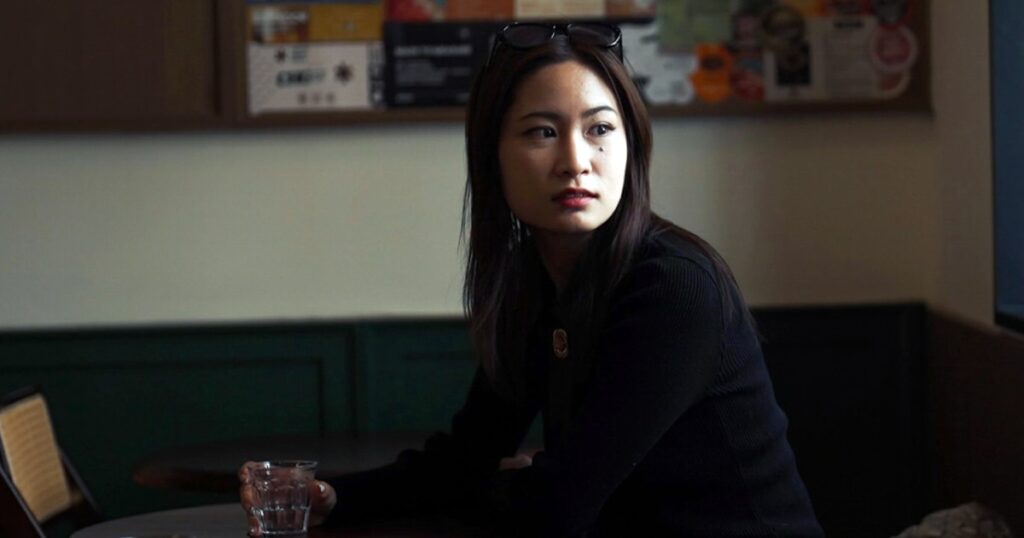BEIJING — At a restaurant in the Chinese capital that serves up low-cost meals to seniors, much of the crowd these days is decidedly less than senior.
For Wang Ran, a 27-year-old designer, lunch at the restaurant in Beijing costs about half what she would normally pay — which makes a big difference as she downgrades her spending amid an economic slump in China that could have global ramifications.
Previously, Wang said, “I pretty much bought things whenever I saw something I liked. But this year, I might have to consider the financial aspect a bit more.”
Decades of breakneck growth transformed China into the world’s second-largest economy and lifted hundreds of millions of people out of poverty, swelling the middle class from 3% of the population in 2000 to more than 50% in 2018, according to the Pew Research Center, which defines middle class in China as living on $2 to $50 a day.
For decades, this modern economic miracle buoyed the ruling Chinese Communist Party, which promised the Chinese public security and prosperity in exchange for severe constraints on political freedom. But a new period of relatively slower growth has created uncertainty for the more than 700 million people in China’s middle class, the largest in the world.
The Chinese economy is still growing, to the tune of 5.2% last year, according to official data. That compares with average annual growth of about 7% last decade, and more than 10% in the 2000s. Some economists say this year’s growth target of about 5% is overly ambitious.
The slowdown means middle-class Chinese can no longer assume continuous economic gains, or that their children’s quality of life will be better than theirs.
Economic concerns have driven Chinese President Xi Jinping to improve relations with foreign companies and governments, including the United States. At a meeting with a group of American CEOs in Beijing last month, he said the Chinese economy was “healthy and sustainable,” an achievement that…
Read the full article here





